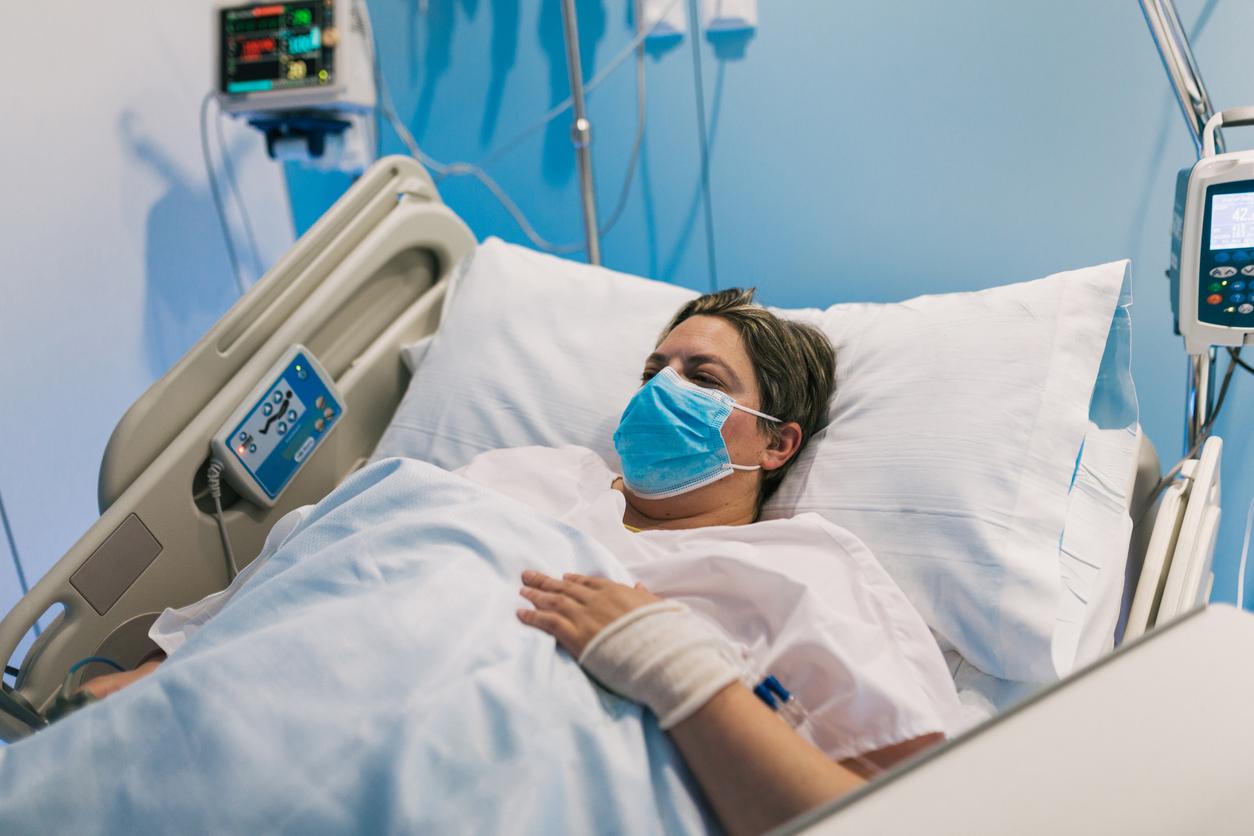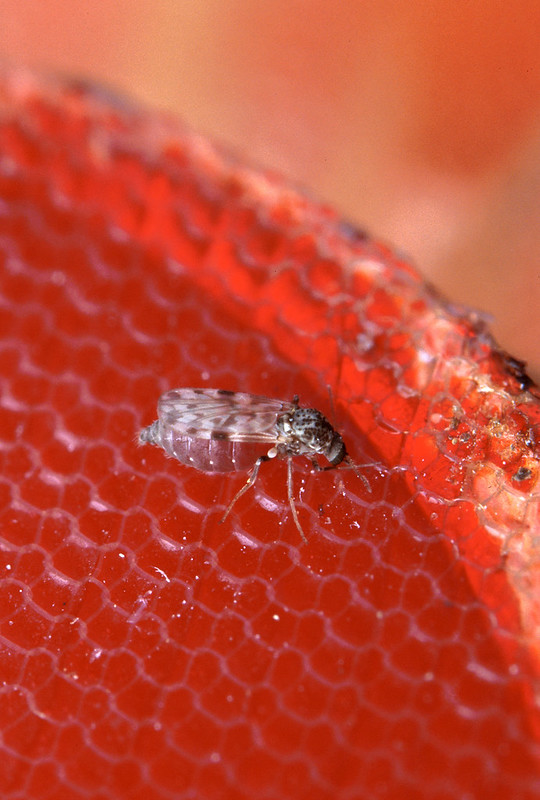
Analysis of Campylobacter isolates in East Africa found that multidrug resistance (MDR) was significantly higher in poultry than in people, researchers reported yesterday in Emerging Infectious Diseases.
For the study, an international team of researchers collected and explored the population structure of 178 Campylobacter isolates from Kenya and Tanzania, including 81 from patients with diarrhea and 97 from poultry samples. Africa has the world's highest incidence of campylobacteriosis, and previous studies have found a high prevalence of antimicrobial resistance (AMR) in Campylobacter isolated from humans and poultry in Africa. The researchers conducted antimicrobial susceptibility testing and used whole genome sequencing (WGS) to explore the differences and similarities between the human and poultry isolates.
MDR Campylobacter identified in 41% of poultry isolates
AMR was detected in 75.3% and MDR (defined as resistance to three or more antibiotic classes) in 2.5% of the 81 patient isolates. In the 97 poultry isolates, the estimated AMR prevalence was 85.7%, but MDR prevalence was 40.9%. Five poultry isolates were resistant to five of the six antibiotics tested. WGS identified 57 Campylobacter sequence types (STs) from patients and 29 STs in poultry samples, including many previously unreported STs. Common STs included Campylobacter jejuni ST353 (4 human and 10 poultry isolates from 6 farms), ST2122 (10 poultry isolates from 4 farms), and ST1932 (9 poultry isolates from 5 farms) and Campylobacter coli ST8043 (11 poultry isolates from 5 farms).
The researchers say the study, which is one of the largest using WGS to characterize Campylobacter in East Africa, provides several valuable insights.
"The high prevalence of MDR and the identification of previously undescribed STs highlights the need for ongoing investigation of enteric pathogens, such as Campylobacter spp., in low-resource settings," they wrote. "That effort would require genomic tools to be embedded within formal and transparent surveillance systems, in addition to a greater understanding of the role of antimicrobial use and biosecurity measures as drivers of the emergence of resistance in human health and food production and improved governance of antimicrobial use in both sectors."


















